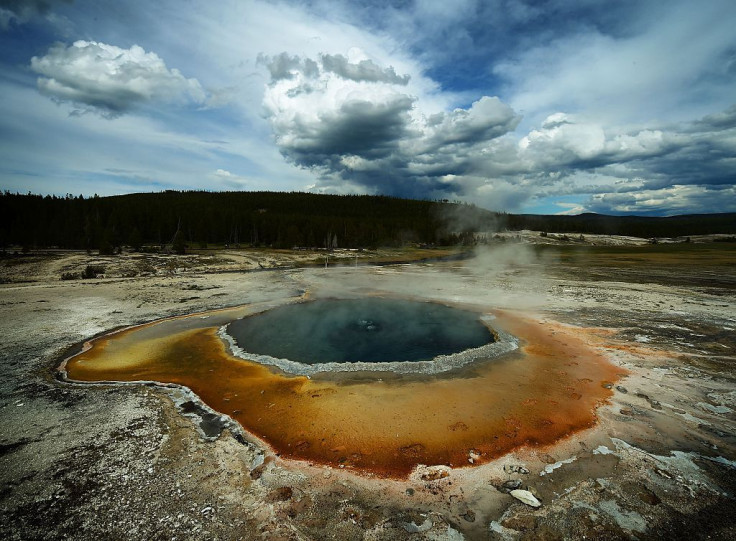New Microbe Lineage Discovered In Yellowstone Could Explain Origin Of Life

A group of scientists has discovered a new lineage of microbes thriving in Yellowstone National Park, something they believe could improve our understanding of the origin and evolution of life as we know it.
Early life on Earth started at the microbial level, with basic single-celled microorganisms like bacteria and archaea. Later came the eukaryote domain which included complex cellular organisms like humans, animals, plants, and fungi.
In order to understand the origin and evolutionary past of these ancient microorganisms, scientists across the globe have been conducting studies to see how they thrive in various environments, such as conditions matching those of a young Earth.
One such project, led by researchers from Montana State University, in Bozeman, Montana, led to the discovery of a completely new archaeal lineage in the geochemically diverse thermal features of the Yellowstone National Park. "The discovery of archaeal lineages is critical to our understanding of the universal tree of life and evolutionary history of the Earth," the team said in a statement, after the discovery.
The new microbes were found thriving throughout Yellowstone, but mainly in regions carrying hot, acidic water with iron oxide as the key mineral. Though their habitat was as acidic as grapefruit juice, some members of the microbial community thrived in water temperatures around 122 degrees Fahrenheit (50 degrees Celsius), while others needed around 140-170 degrees Fahrenheit (60-76 degrees Celsius) to survive.
"It's interesting that the habitat of these organisms contains (iron) minerals similar to those found on the surface of Mars," William Inskeep, the lead author of the study, said in the statement. This also prompted the team to name the new lineage as Marsarchaeota.
However, it is worth noting that Marsarchaeota might not be forming iron oxide, unlike other microbes. According to the researcher, the archaea lineage could be reducing iron to a simpler form, which, he thinks, could be similar to the processes that took place on Earth in its early days. “Iron cycling has been implicated as being extremely important in early Earth conditions," Inskeep added.
As for oxygen supply, Marsarchaeota live deep within complex microbial communities and do not need that much oxygen. Still, the required amount is captured from the atmosphere. "It's like a sweet spot of conditions that this group of organisms likes," the researcher added.
That said, the broad distribution of the new lineage of microbes in Yellowstone’s thermal features suggests similar habitats played an important role in the evolution of archaea back in the day. Knowing more about these microbes could help us better understand early life on Earth as well as the potential for life on the Red Planet.
The study, titled “Marsarchaeota are an aerobic archaeal lineage abundant in geothermal iron oxide microbial mats,” was published May 14 in the journal Nature microbiology.
© Copyright IBTimes 2024. All rights reserved.











